Are you looking for quick, responsive heating for your home or garden? Perhaps you’re struggling to feel the warmth in a lofty warehouse space or need something durable for a bustling pub garden. With infrared heaters, you won’t be waiting in the cold for long – but is there a notable difference in how long each type takes to heat up? Let’s find out.
Infrared heat explained
First, let’s briefly break down what infrared heat is to give you a better idea of how these heaters work and why some heat up faster than others. Infrared radiation is part of the electromagnetic spectrum. It’s on the left of the scale – far away from the dangerous kinds of radiation, so you can rest assured knowing it’s completely safe. To turn infrared radiation into heat, a heating element converts electricity into 100% radiant warmth, emitting out in waves to warm people, objects and surfaces directly. Basically, if you’re in the heater’s line of sight, you’ll feel the benefits. Certain infrared heaters heat up faster than others because of their varying intensities and wavelengths: the more intense the wave, the quicker you’ll feel the heat.
Now, let’s take a look at each type of infrared heater and how long they take to heat up.
Shortwave infrared heaters
Shortwave infrared heaters, also known as near infrared heaters, use high-frequency, short-wavelength infrared radiation to deliver fast-acting and intense warmth. Utilising highly responsive heating elements such as tungsten filament and halogen bulbs, warmth is transmitted quickly without being affected by the surrounding air, making them ideal for small and exposed outdoor spaces that require occasional heating. You can instantly recognise a shortwave heater by their ruby or amber glow when in operation – great for creating a cosy ambience for your evening hangout.
How long do shortwave heaters take to heat up?
These robust heaters provide instantaneous and effective heat the second they’re switched on. It’s a direct A-to-B transfer of warmth that you can feel instantly, thanks to the high frequency of near infrared. Pair that with their powerful heating elements, and you’re guaranteed enduring warmth that can offset the outdoor chill with ease.
Mediumwave infrared heaters
Mediumwave infrared heaters are considered by many to be the perfect choice if you’re looking for vigorous yet comfortable warmth. Typically using carbon fibre elements, they can heat quickly – a similar intensity to shortwave heaters but offering greater coverage. Mediumwave heaters are suited to larger, semi-exposed spaces such as warehouses and open plan offices, and can be recognised by their soothing, low-glare light that feels extra cosy and discreet.
How long do mediumwave heaters take to heat up?
These highly responsive heaters will supply warmth in under 10 seconds. Quickly converting electricity into heat, they’ll start warming you and your space almost immediately. While not as quick as shortwave heaters, their use of carbon bulbs can withstand all-day use without wearing out or feeling too intense to the user.
Longwave infrared heaters
Longwave infrared heaters, otherwise known as far infrared heaters, are found at the opposite side of the spectrum to shortwave. Offering a low-level intensity and high heat output, these heaters are able to emit a gentle-feeling but vigorous form of warmth – thanks to their ceramic heating elements. With excellent thermal properties, longwave heaters can effectively heat no matter the size of the area. They’re the most versatile in terms of application: perfect for open plan, lofty interiors and open outdoor buildings. An interesting point to mention is that longwave heaters give off no visible light whatsoever, resulting in total discreetness for your space.
How long do longwave heaters take to heat up?
Longwave heaters can take around 5 minutes to warm up because of the gentler radiant heat they provide. This is because ceramic doesn’t get as hot as tungsten elements – but a greater surface area and deeper-feeling warmth guarantees total comfort and efficiency throughout the day.
Infrared panels
With longer wavelengths, far infrared radiation equals in a much higher absorbency rate that can be felt even after the heater has been turned off. It’s the type of technology you’ll find in our infrared panels (which can be easily recognised by their flat, slimline builds). Each unit is fitted with a heating element like carbon wiring, which is distributed evenly throughout their aluminium or glass casing, maximising heat output and efficiency. As far infrared is the most natural from of warmth on the spectrum (the same our bodies absorb and emit on a daily basis), the mellow, comfortable heat is ideal for all-day use in properties with a standard ceiling height.
How long do infrared panels take to heat up?
From cold start, infrared panels take roughly 10 minutes to get to temperature. It’s a gradual build-up rather than an instant burst of heat due to its lower frequency, but that’s why it’s perfect for all-day heating. It’s a warmth that feels mellow, natural and totally comfortable – and is great for your energy bills, too.
How to get the most out of your infrared heater
Heat-up times can be affected by several factors, and there are also some quick and easy workarounds for speeding up the process if you’ve invested in infrared panels. So, be sure to keep the following points in mind to make sure you’re getting the best possible performance out of your heater.
Choose the right type of heater for your space
The instantaneous heat-up times of shortwave heaters will be moot if you install them in the wrong location – a lofty loading bay, for example. So, it’s always best to consider where you want to mount your heater. Indoors or outdoors? Will it be sheltered or exposed to the elements? Are you looking to use it in quick bursts or keep it running throughout the day? All these factors and more will affect the heat-up times of your infrared heater. Check out our buying guide for everything you need to know before making a purchase.
Correct installation & placement
It’s an obvious statement, but this could be a factor of slower heat-up times. Tucked behind doors, hidden away in alcove walls, or situated directly in front of windows can contribute to heat getting lost. Installing your heater high up on the wall or ceiling will ensure optimal heat transfer that you’ll be able to feel right away.
Take advantage of a range of sophisticated features
Far infrared heaters take the longest to heat up, but that doesn’t mean you need to sit in the cold as you wait. Infrared panels like the Ecostrad Opus & Accent have 24/7 programming that can be adjusted within the hour, so you can align your heating with your routine. Another handy feature is adaptive start: this pre-heats the heater for a specific time, allowing you to schedule temperatures to the exact second you need it – great if you want it to align your heating with your morning alarm. By taking advantage of these fantastic features, there’s no waiting necessary!
Enjoy responsive warmth for your home & garden with infrared heaters
While the difference in heat-up times for outdoor patio heaters is almost negligible, by taking advantage of your infrared panels’ sophisticated programming, you’ll be feeling the soothing, comfortable warmth in no time! So, browse our full range today to give your home or garden a complete heating overhaul.


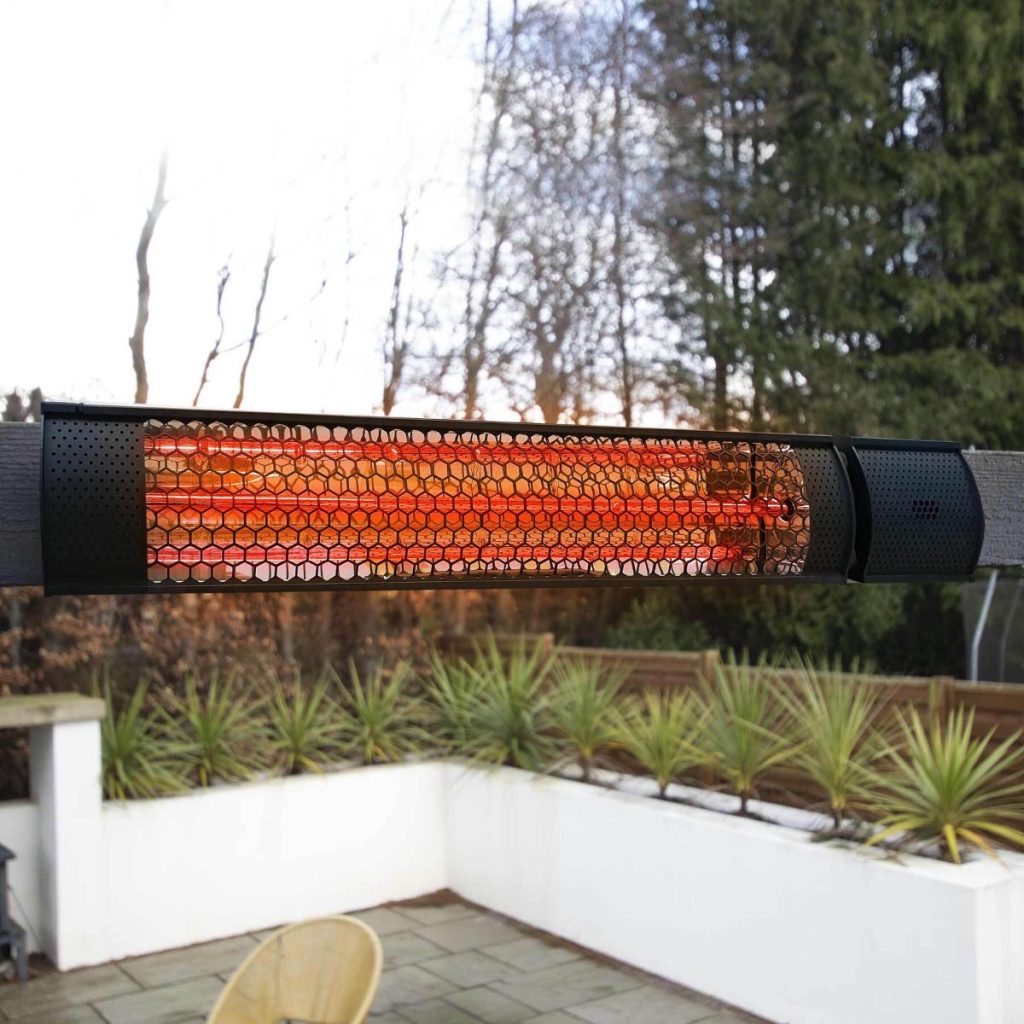
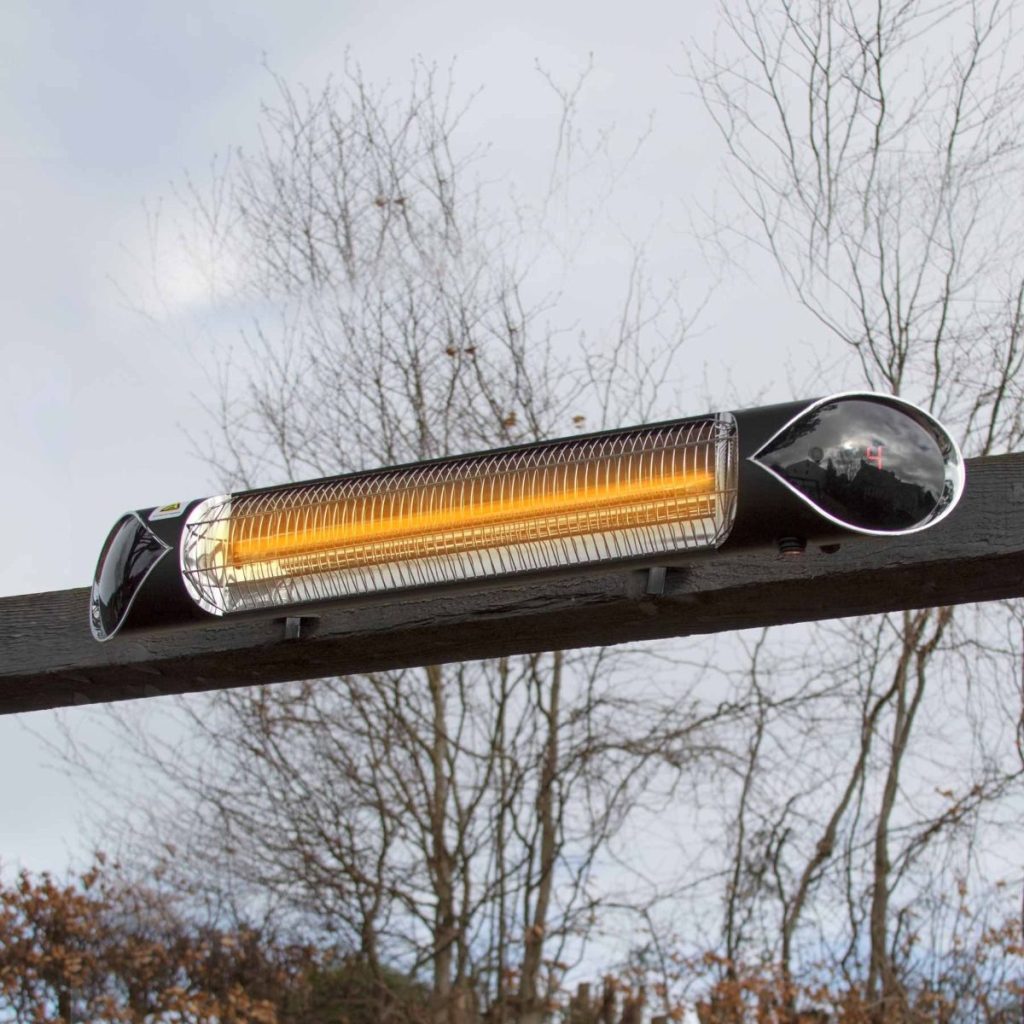
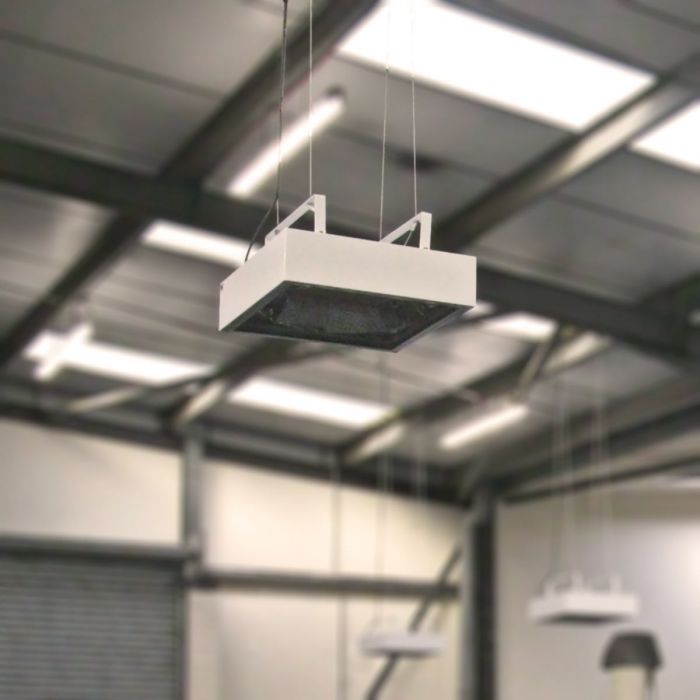
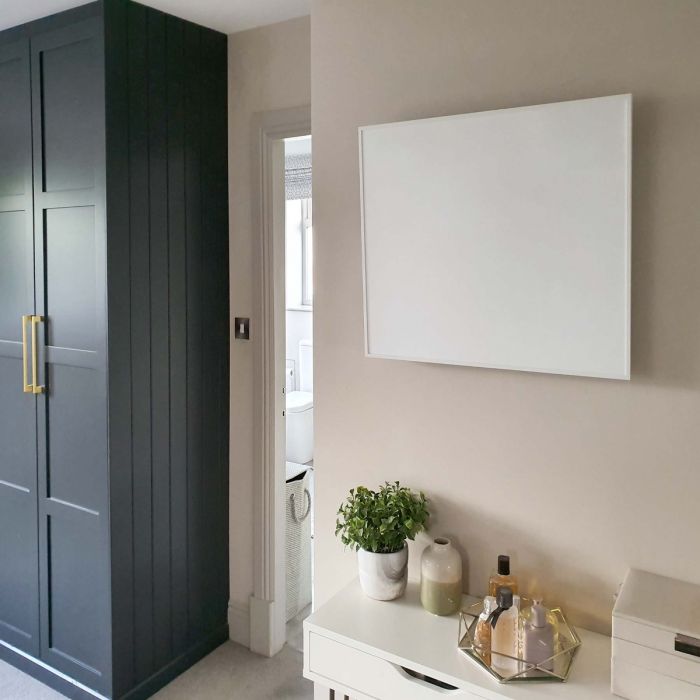
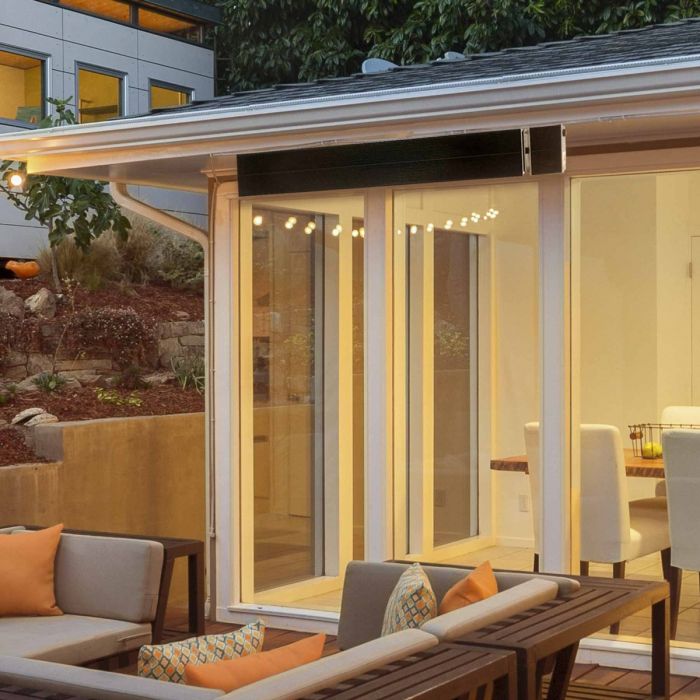
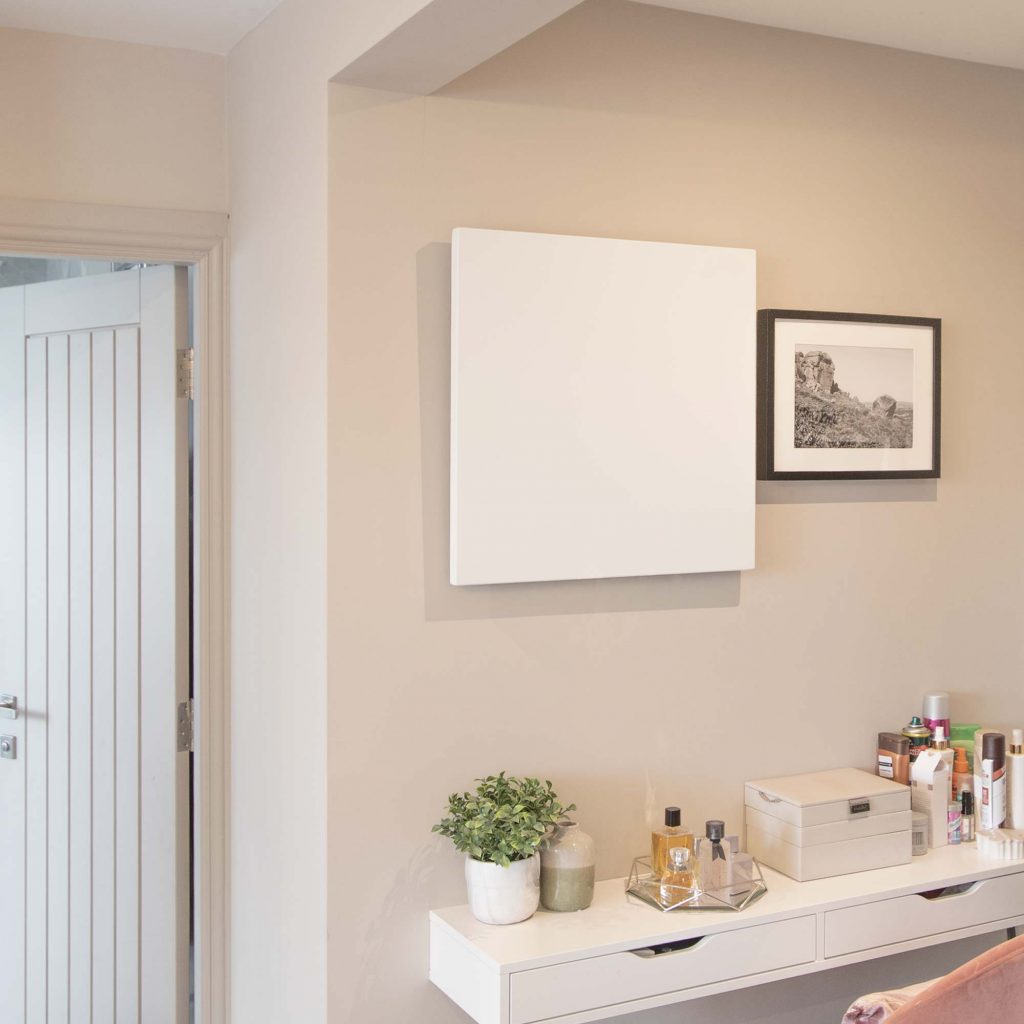
One Response